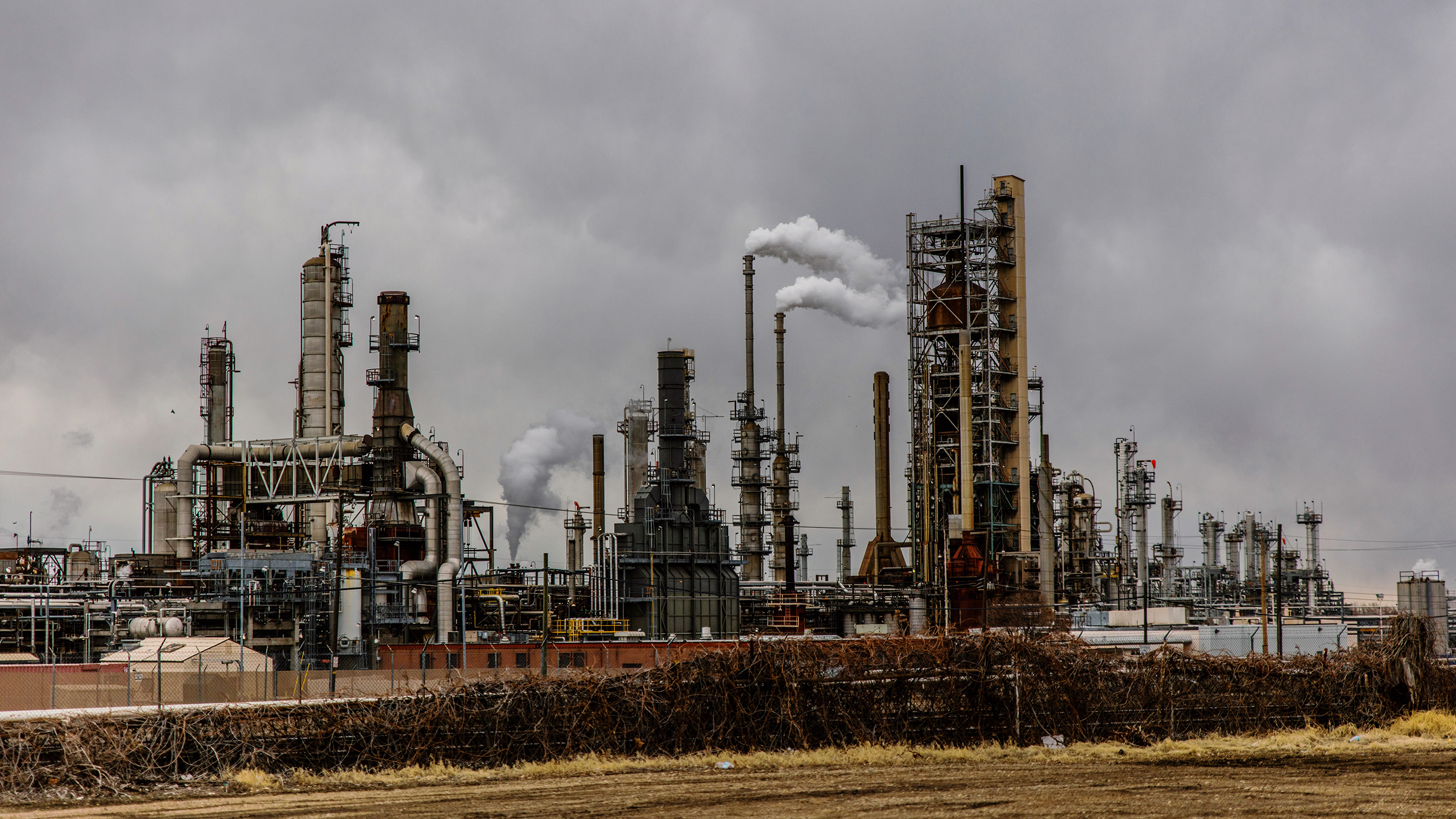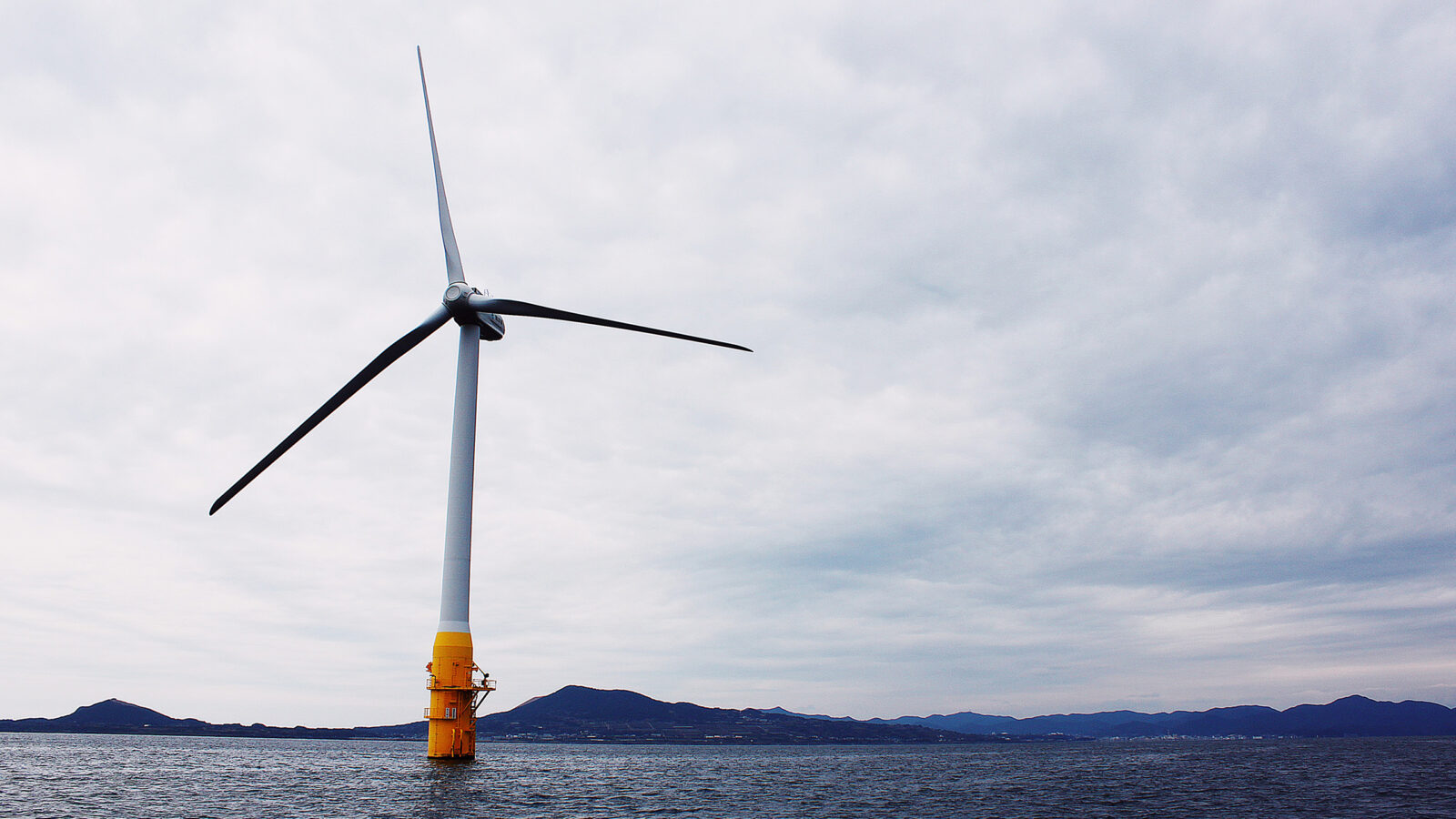Fossil Fuel Clinginess Puts Climate Change Threshold in Peril
Oil and gas entities are on track to nearly quadruple the fossil fuels they extract from newly approved projects by the end of the decade.

Sign up for smart news, insights, and analysis on the biggest financial stories of the day.
For all the hoopla around electric vehicles, solar panels, and wind farms, there’s still a whole lotta drilling going on.
Oil and gas entities are on track to nearly quadruple the fossil fuels they extract from newly approved projects by the end of the decade, the non-governmental organization Global Energy Monitor reported.
Dig for Fire
If humans want to reach net-zero carbon emissions by 2050 and avoid torching the planet, new oil or gas investments won’t help, according to the GEM.
Data compiled in the GEM’s Global Oil and Gas Extraction Tracker shows that at least 20 fields reached a final investment decision in 2023, which sanctioned the extraction of 8 billion barrels of oil equivalent (boe). But by the end of this decade, that could climb to about 31 billion boe across 64 additional fields. Not only do the top fossil-fuel-producing countries plan to bolster their extraction efforts even further, but oil and gas fields are being discovered and tapped in places that previously didn’t do much drilling:
- The US produces 17.7 million barrels of oil per day — that’s more than South and Central America, Europe, and Asia Pacific combined, GEM reported. The US Energy Information Administration expects oil production to increase to record high levels of between 19 million and 21 million barrels per day from 2024 to 2050. Gas production is also expected to continually increase, hitting 1,200 billion cubic meters by 2050.
- Of the 22 countries that discovered new gas and oil fields in 2022 and 2023, four — Cyprus, Guyana, Namibia, and Zimbabwe — accounted for 37% of total discovered volumes despite being historically small players in the drilling business.
Oil Forecast: There are plenty of reasons oil prices should be surging — the Israel-Hamas War, the Russia-Ukraine War, Yemeni militants attacking ships in the Red Sea, and OPEC+ production cuts. But throughout last year, prices remained relatively firm, bouncing between $75 and $85 a barrel. The International Energy Agency recently reported that in 2024 oil consumption is expected to increase at just half the rate seen last year, which will be easily matched by swelling production in the US, Canada, and Brazil.









